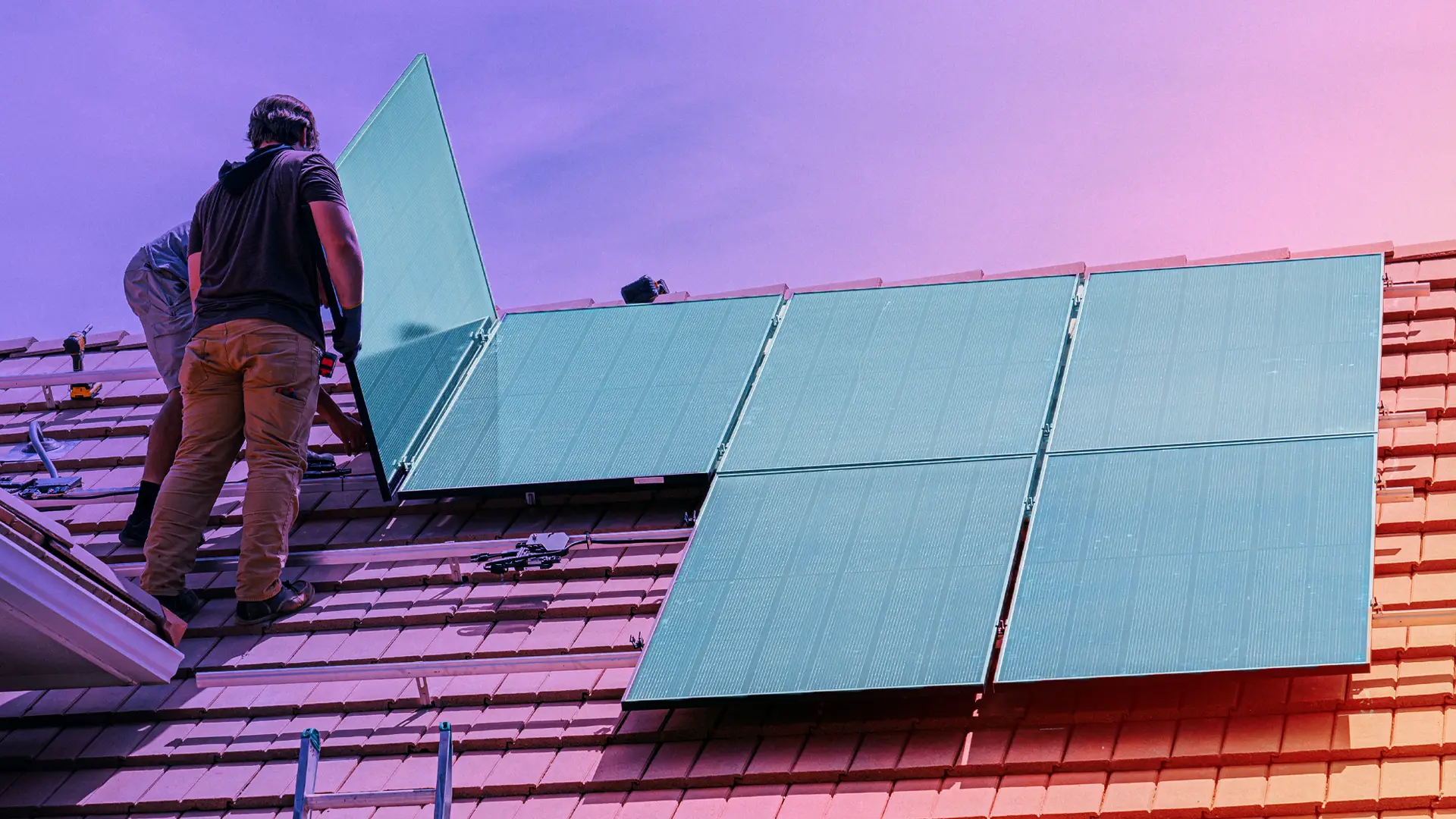Speed-to-Lead Is the New ROI for Solar Contractors: A Practical Playbook

As of March 2024 we have renamed Apexchat to Blazeo. We are excited to share the next part of our journey with our customers and partners.
The name ApexChat implies that we are primarily a chat company, which is no longer true. Now we have many offerings, such as call center services, AI, Appointment setting, SMS Enablement, Market Automation, and Sales acceleration (Q2 2024), that go beyond chat. The new name will not only allow us to convey the breadth of our offering but will also better convey our company’s mission and values.
Blazeo, which is derived from the word Blaze, evokes a sense of passion, speed, and energy. A “Blaze” is captivating, illuminates, and represents explosive growth. Blazeo encapsulates our mission to ignite such growth for our customers and partners by delivering innovation with passion, speed, and energy.

Residential solar demand keeps whipsawing with rate changes, incentives, and local permitting. But one thing is constant: the contractor who responds first usually wins the job. “Speed-to-lead”—how fast you contact a new lead—has quietly become one of the strongest levers for ROI in home improvement, and solar is no exception.
Multiple studies (old and new) point the same direction: minutes—often seconds—matter. In a well-known analysis summarized by Harvard Business Review, many companies still take hours or days to reply, even though the odds of qualifying a lead drop sharply with every passing minute. In Velocify’s dataset, contacting a new prospect within one minute increased conversion likelihood by roughly 4x.
Meanwhile, home-improvement operators report longer sales cycles, more cancellations, and tighter margins—making lead efficiency (not just lead volume) the battleground.
This piece unpacks why speed-to-lead is so potent in solar, and gives you a field-tested playbook to turn response time into revenue.
Also read: Why Speed Matters: How 24/7 Lead Response Boosts Conversions
If speed explains why conversions happen, the numbers show how much revenue you’re leaving on the table.
Let’s say you buy 300 leads/month across Google Local Services Ads (LSAs), search, and marketplaces.
Now Improve to sub-5-minute response (with auto-text + instant call-back):
Same media spend. 2× installs. That’s the speed-to-lead dividend many shops leave on the table.
Studies show the first 1–5 minutes are decisive—don’t pick a single channel; stack them.
Sample new-lead cadence (first 48 hours):
Lead with helpful specificity:
Tie these to installs and CAC so ops can see the cash impact of shaving minutes.
Auto-SMS (immediate):
“Hi {Name}, this is {Rep} with {Company}. Got your solar request—want a quick estimate using your latest bill? Tap to book a 15-min call today: {link} (or reply YES and I’ll text an upload link).”
Voicemail (first minute):
“Hey {Name}, it’s {Rep} at {Company}. I just pulled your roof near {Neighborhood}; we can likely offset {rough%} of your usage. I’ll text a link to book—text me your bill and I’ll send a quick estimate today.”
Follow-up SMS (Day 2):
“Still considering solar this month? Two quick wins for {Utility}: right-sized system to avoid over-production + storage option for outages. Want me to run numbers?”
Also read: The Future of Leads: 5 Trends to Capture in 2025
Solar CAC is rising across paid channels. The fastest path to better unit economics isn’t always cheaper clicks—it’s turning more of the leads you already pay for into booked appointments. Industry commentary in home improvement this year highlights exactly this focus: increasing lead efficiency amid softer close rates and higher cancellations. Speed-to-lead directly improves contact rate, set rate, and ultimately installs per marketing dollar
If you implement only one change, do this: achieve sub-two-minute first touch on 90% of inbound leads with an SMS + call combo, and give homeowners a one-tap scheduling link. Then enforce an 8–12-touch cadence over 10 days. Expect dramatic gains that echo the published response-time curves (6–8× better qualification in the first hour; near-4× improvement at the one-minute mark).
Q1: What is speed-to-lead in solar sales?
Speed-to-lead is the amount of time it takes for a solar contractor to respond to a new lead. The faster you respond, the more likely you are to book an appointment and win the job.
Q2: Why does speed-to-lead matter for solar contractors?
Because homeowners usually shop around for quotes quickly, the contractor who responds first is often the one who earns the customer’s trust and business.
Q3: How fast should solar contractors respond to leads?
Best practice is to respond within the first minute using a text, call, or email. Response times under five minutes dramatically increase conversion rates.
Q4: How does speed-to-lead improve ROI?
Responding faster doubles your booked appointments and installs without increasing ad spend. This reduces customer acquisition costs and maximizes marketing ROI.
Q5: What tools help solar contractors improve speed-to-lead?
Automation tools like Blazeo route leads instantly, trigger immediate SMS + call combos, and cut response times to under 60 seconds.
Solar contractors using automation tools like Blazeo cut response times to under 60 seconds, double their contact rates, and turn more leads into installs without increasing ad spend. [Book a quick demo] and see how Blazeo can help your team capture every opportunity.